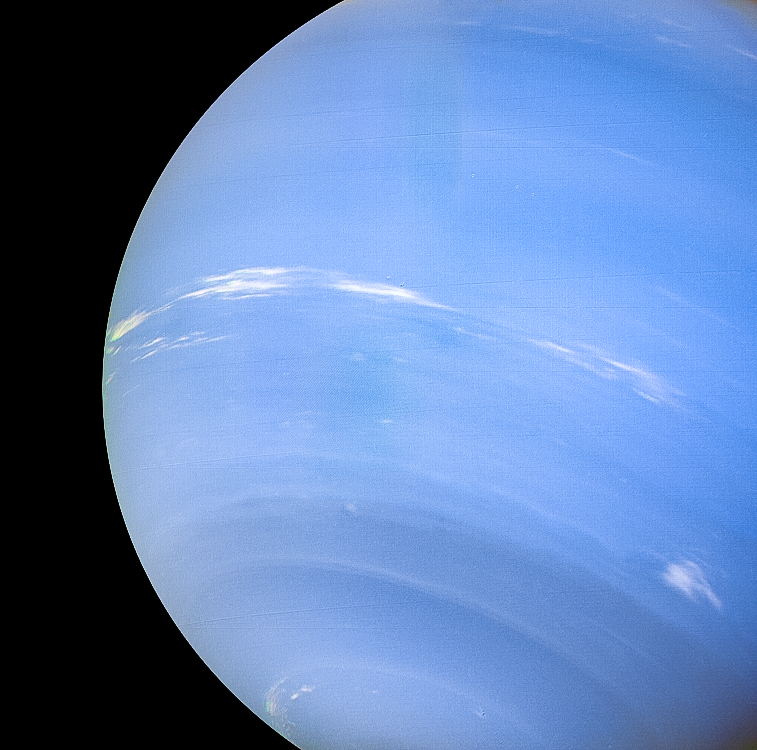NASA Detects Weak Carrier Signal from Voyager 2
In a thrilling turn of events, NASA’s Deep Space Network has picked up a faint carrier signal from the Voyager 2 probe, just days after losing contact with it. The temporary loss of communication was caused by some erroneous commands that unintentionally caused the spacecraft to veer slightly away from Earth. However, this newly detected signal brings hope and confirms that the spacecraft is still alive, operational, and on its intended course.
Despite the misaimed 3.7-meter dish antenna aboard Voyager 2, the signal received is currently too weak to transmit any data. Nevertheless, it serves as a reassuring indication that the probe remains functional. In an effort to reestablish full contact, flight controllers are planning to send new commands from the Deep Space Network at a much higher power level. This increased power aims to coax the spacecraft into realigning with Earth once again.
Should this attempt to communicate fail, there is no need to panic. The ingenious Voyager 2 is equipped with a failsafe mechanism that allows its computer to execute stored commands periodically. These commands serve the purpose of resetting the spacecraft’s alignment. The next scheduled reset is anticipated to take place in October.
The Voyager 2 probe holds an iconic place in human space exploration. Launched in 1977, it has journeyed through our solar system, providing invaluable insights into the outer reaches of our celestial neighborhood. It has successfully visited Jupiter, Saturn, Uranus, and Neptune, capturing breathtaking images of these planets and their moons. Even beyond the boundaries of our solar system, Voyager 2 continues to collect data about interstellar space.
Now, as we eagerly await the restoration of full communication with Voyager 2, scientists and space enthusiasts alike are reminded of the resilience and ingenuity of our spacecraft. These remarkable machines, designed by human hands but sent on journeys lasting decades, constantly push the boundaries of what is possible.
The Voyager missions have paved the way for future deep space exploration, providing us with a wealth of knowledge about the outer planets and their moons. They have also given us a glimpse into the vastness of interstellar space, inspiring new questions about the mysteries that lie beyond.
As we reflect on the recent development with Voyager 2, we are reminded of the challenges that come with exploring the unknown. The vast distances and unpredictable circumstances encountered in deep space demand constant vigilance and adaptability. However, the determination to overcome these obstacles is what drives us forward in our quest for knowledge.
So, let us eagerly await the outcome of the upcoming attempt to communicate with Voyager 2. Whether through a successful realignment or a scheduled reset, this resilient spacecraft will continue to be our eyes and ears in the far reaches of our solar system. And who knows what wonders it will uncover next, as it delves deeper into the realm of interstellar space?
